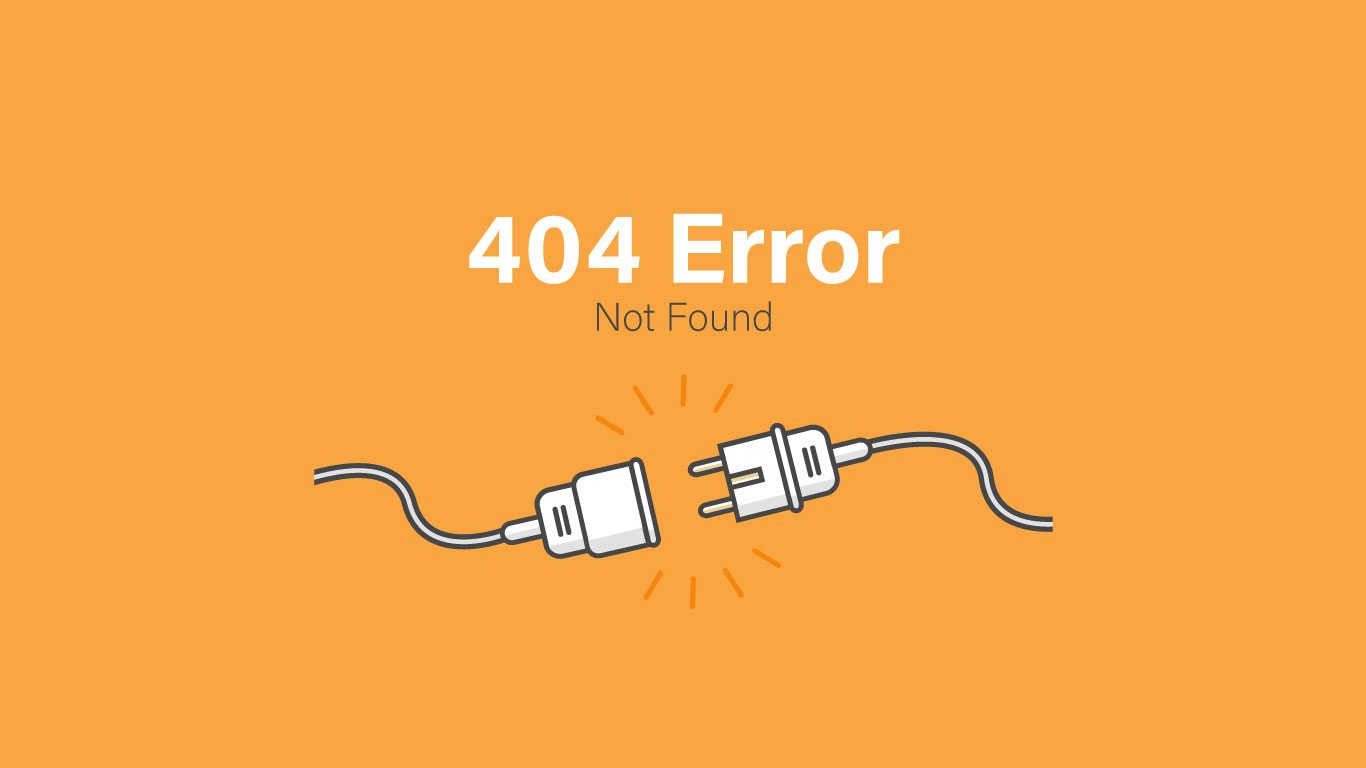
If you’re running a WordPress website, it’s important to make sure you don’t have any 404 Not Found pages. Having 404 pages can hurt your site’s SEO and make it difficult for visitors to find the content they’re looking for.
Fortunately, finding and fixing 404 pages is relatively easy. In this article, we’ll look at how to find and fix 404 pages on your WordPress website.
Why Having 404 Not Found Pages Is Bad For Your Website
When a visitor tries to access a page on your website that doesn’t exist, they’ll see a 404 Not Found error message. This can be frustrating for visitors and can also hurt your site’s SEO.
Search engines like Google use 404 errors as a sign that your website is not well maintained. As a result, your site may rank lower in search results.
Additionally, 404 errors can make it difficult for visitors to find the content they’re looking for on your website. If a visitor tries to access a specific page on your site and keeps getting 404 errors, they may eventually give up and leave the site altogether.
Now that we’ve looked at why having 404 not found pages is bad for your website, let’s take a look at how to find them.
The easiest way to find 404 pages on your WordPress website is to use a plugin like Broken Link Checker. This plugin will scan your website for broken links and notify you if it finds any.
Once you’ve installed and activated the plugin, go to Tools » Broken Links to see a list of all broken links on your site. If any of the links are a 404 Not Found error, you’ll see them listed.
If you don’t want to use a plugin, you can also find 404 pages by looking at your server logs. Every time someone tries to access a page on your website, your server logs their request. You can view these logs to see which pages are being accessed and which ones are giving 404 errors.
To view your server logs, you’ll need to have access via FTP or SSH. Once you’re logged in, you’ll need to find your website’s logs. If you’re not sure where to find them, check with your hosting company.
Once you have found the logs, look for any lines that begin with “404.” These are the lines that indicate a 404 error. The lines will also include the URL of the page that gave the error.
Now that we have seen how to find 404 pages on your WordPress website, let’s take a look at how to fix them .
There are a few different ways to fix 404 pages on your WordPress website.
The first thing you can do is simply delete the page that is giving the 404 error. If the page is no longer relevant or necessary, then there is no reason to keep it.
You can also redirect the page to a different URL. This is useful if you have changed the URL of a page but don’t want to lose any visitors who are still trying to access the old URL.
To do this, you will need to edit your .htaccess file. This file is located in the root directory of your WordPress site.
Once you’ve found the file, add the following lines of code at the top:
- Redirect 301 /old-page/ http://example.com/new-page/
- Replace “/old-page/” with the actual URL of the page that is giving the 404 error, and replace “http://example.com/new-page/” with the URL of the page you want to redirect to.
If you don’t want to edit your .htaccess file, you can also use a plugin like Redirection to handle redirects.
